Sylvania Gas Discharge Lamps
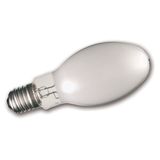
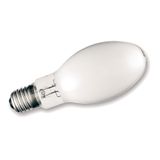
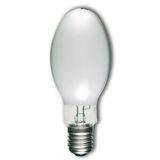
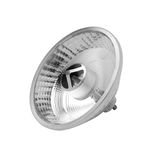
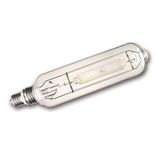
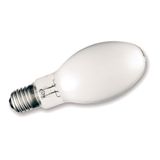

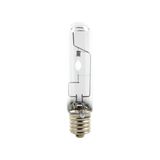
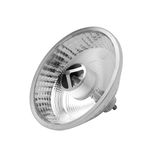
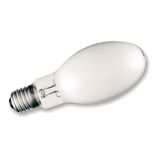
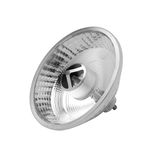
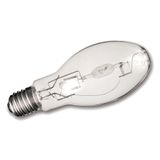
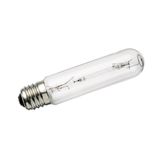
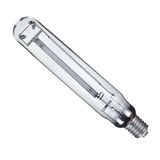
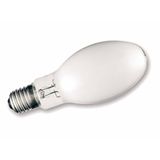
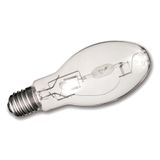

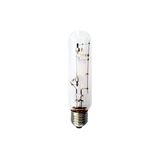
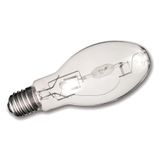
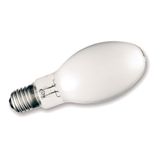
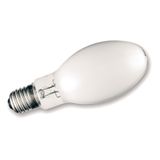
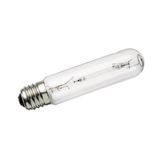

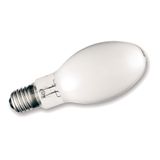
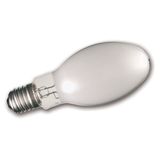
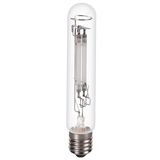
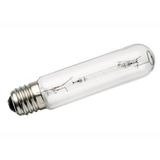
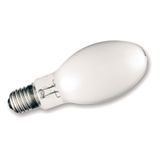
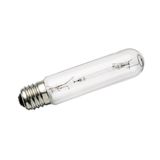
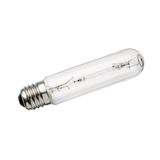
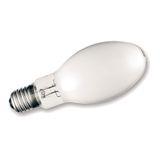


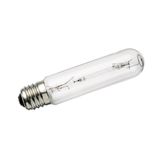

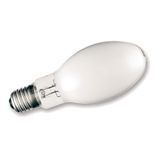



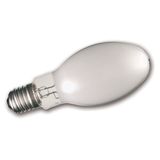

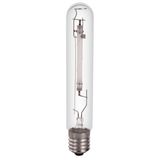


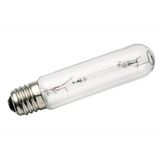

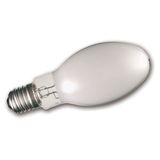

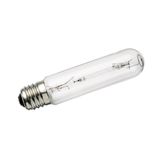
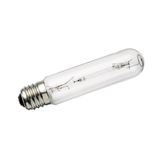
sylvania gas discharge lamps overview for professional projects
High-output sources for large volumes and tall spaces still rely on proven discharge technology. Ballasted operation, predictable optics, and robust envelopes let engineering teams hit lux targets without oversizing gear. Typical figures: 35–2000 W across families, efficacy 65–120 lm/W (type dependent), CCT 2700–6500 K, CRI from 60 to 90+, warm-up 1–5 min, hot restrike 2–15 min with correct ignitors. Lumen maintenance and colour stability depend on ballast class and thermal management inside the luminaire. In multi-phase programmes, planners specify sylvania gas discharge lamps to keep photometrics consistent across halls, yards, and process bays.
sylvania hid lamps product range and series
The portfolio spans compact single-ended capsules for floodlights and projectors, double-ended quartz for sports and area lighting, tubular/elliptical envelopes with internal UV-stop, and coated versions for controlled glare. Bases include E27/E40 screw, RX7s, G12, G8.5, G22, and PGJX types. Control gear covers magnetic ballasts with external ignitors and HF electronic units for tighter current control. Emergency arrangements use hot-restrike gear where safety codes demand fast recovery. For mixed estates, maintenance teams log sylvania hid lamps by base, wattage, and CCT so spares land site-ready.
sylvania metal halide lamps technical specifications
Metal-halide variants deliver high luminance for optics with tight beams or long throws. Expect CRI 80–95, CCT 3000/4000/5000/6500 K, and colour shift limited by ceramic arc tubes on premium lines. Run-up typically 2–4 min; hot restrike needs the correct high-voltage pulse (often 3–5 kV). Electronic ballasts (EN 61347-2-12) stabilise arc current, reduce flicker, and extend life to 12,000–20,000 h L70. UV control relies on outer bulb glass and internal coatings; luminaires should retain shields to meet EN 62471. In critical aiming applications, engineers choose sylvania metal halide lamps where high centre-beam candlepower and colour fidelity justify the strike profile.
sylvania industrial discharge lamps applications and compatibility
Production halls, logistics corridors, sports arenas, and road schemes use discharge sources for punch and reach. Mounting heights of 6–25 m are common; narrow, medium, and asymmetric reflectors keep spill in check. Thermal paths must clear hot spots around gear trays; sockets and gaskets should be inspected at relamp. Where vibration exists, double-ended lamps need secure end clamps and correct torque on holders. Facilities relying on sylvania industrial discharge lamps keep ballast types standard per zone to control harmonics and spares.
sylvania high intensity discharge lighting integration with other Sylvania systems
Address drivers via DALI where electronic gear is used; legacy magnetic lines take switching and contactor logic with inrush planning. Photoelectric cells, astronomical timers, and motion nodes can sit upstream for dusk/dawn and trim profiles. For hybrid estates, LED retrofits can share circuits if breaker curves and inrush are recalculated. Projects that document sylvania high intensity discharge lighting alongside Sylvania luminaires and control gear preserve uniform aiming hardware, surge protection levels, and maintenance routines.
sylvania sodium discharge lamps selection criteria for B2B clients
Choose by task: high-pressure sodium for maximum lm/W and long life in roads and yards; colour-improved sodium for retail/service areas needing better R_a; ceramic metal halide where colour and punch both matter; quartz metal halide for high-output sports throws with known maintenance cycles. Confirm base type, lamp voltage, and current against ballast data; verify ignitor pulse energy and cable lengths; specify UV shields in open fixtures. When tenders name sylvania sodium discharge lamps, lock CCT/CRI per zone and record run/standby schemes so relamp intervals and colour uniformity remain predictable.
sylvania mercury lamps advantages of working with Bankoflamps
You get project pricing aligned to room and area schedules, plus live EU stock visibility before crews are booked. Quotes land in about an hour with EAN/MPN so variants stay fixed. The portal shows lead times, shipment status, and downloadable price lists with validity windows you can plan around. Approved accounts can use post-payment up to 30 days. We consolidate partials to cut freight, and your account manager cross-checks base type, wattage class, ballast/ignitor pairing, surge level, reflector geometry, and enclosure clearances against your drawings so cartons land site-ready. For legacy estates still carrying sylvania mercury lamps, we help map migration paths to compatible gear without breaking photometric intent.
Technical specifications and standards
- Electrical and gear: ballasts/ignitors per EN/IEC 61347 and 60927; lamp safety IEC 62035; caps to IEC 60061; declared inrush and harmonic data for breaker selection.
- Photometrics: efficacy 65–120 lm/W; CRI 60–95; CCT 2700–6500 K; lumen maintenance and colour shift per lamp family; UV control via shields/coatings.
- Operation: warm-up 1–5 min; hot restrike 2–15 min; ambient −25…+50 °C depending on luminaire ventilation.
- EMC and safety: EN 55015/61000-3-2 for emissions/harmonics; photobiological assessment to EN 62471; use enclosed fixtures where required by the lamp code.
Applications and compatibility
Sports lighting uses tight beams and hot-restrike gear; logistics yards favour sodium for reach and efficacy; retail/high-bay show floors adopt ceramic metal halide for colour; road tunnels balance glare and maintenance windows with robust gear. Always match cable lengths to ignitor limits, confirm socket condition and spring force, and keep lens/cover integrity for UV and fragment retention. Cross-links: pair with Sylvania control gear and luminaires to keep holders, reflectors, and surge levels aligned.